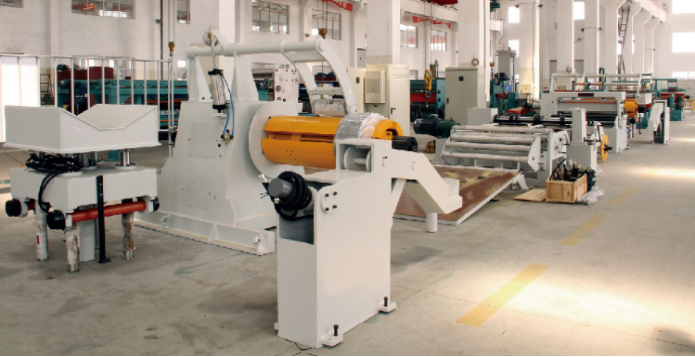
Road Safety Barrier Cold Bending Machine Enhancing Infrastructure Safety
In an era where road safety has become an increasingly critical issue, the need for advanced manufacturing techniques has never been more essential. One key player in enhancing roadside safety is the road safety barrier cold bending machine. This innovative piece of equipment not only improves the efficiency of barrier production but also contributes to the structural integrity and reliability of safety barriers used on highways and roads.
Understanding Road Safety Barriers
Road safety barriers are vital installations designed to minimize the impact of vehicles colliding with roadside objects or veering off the road. These barriers serve various purposes, such as preventing vehicles from crossing into oncoming traffic, protecting pedestrians, and reducing the likelihood of fatalities in case of accidents. Properly installed and designed barriers can significantly reduce injuries and fatalities, making road safety a paramount concern for civil authorities and infrastructure developers.
The Role of Cold Bending in Manufacturing
The process of cold bending involves shaping steel or other materials at room temperature. Unlike hot bending, which involves heating the material, cold bending allows for superior control over the material properties. This process preserves the strength and integrity of the metal, resulting in a stronger end product. For road safety barriers, cold bending machines can produce consistent, precise angles and curves necessary for effective installations.
The accuracy provided by cold bending machines allows manufacturers to create barriers that are tailored to specific road conditions and safety requirements. This capability is crucial given that every road and highway presents unique challenges, such as varying traffic patterns, environmental conditions, and safety regulations.
Machinery Features and Functionality
Modern road safety barrier cold bending machines come equipped with advanced technology that enhances their functionality. Features such as computer numerical control (CNC) allow for precise automation, enabling the production of complex shapes with ease. Operators can input specific design parameters into the machine, ensuring that the barriers meet stringent safety standards without the risk of human error.

Additionally, many machines are designed to handle a variety of materials, such as high-strength steel, which is commonly used for barriers due to its durability and resistance to wear and tear. The versatility of cold bending machines allows for the production of different types of barriers, including steel guardrails, concrete barriers, and more elaborate designs tailored to fit various safety needs.
Benefits of Using Cold Bending Machines
Using cold bending machines for producing road safety barriers offers numerous benefits. First, the enhanced accuracy of the machinery contributes to better overall safety. Barriers that are precisely shaped and positioned can absorb impact more effectively, reducing the risk of vehicle penetration and potential casualties.
Second, the efficiency of cold bending machines can significantly reduce production times. Automated systems streamline the manufacturing process, allowing for quicker turnaround times in response to urgent infrastructure projects. This efficiency can be particularly beneficial in emergency situations, where timely delivery and installation of safety barriers are critical.
Moreover, the energy consumption of cold bending processes is generally lower than that of hot bending, making it a more environmentally friendly option. This aspect not only reduces operational costs but also aligns with the growing focus on sustainability within construction and manufacturing industries.
Conclusion
As the demand for effective road safety solutions continues to rise, the role of road safety barrier cold bending machines is becoming increasingly significant. By combining advanced technology with efficient production methods, these machines enhance the quality, reliability, and safety of road barriers. In doing so, they contribute to safer roads and highways, ultimately saving lives and reducing the severity of road traffic accidents. As cities and countries invest in their infrastructure, the importance of machinery that can produce high-quality safety barriers will only grow, making cold bending machines an essential component of future road safety strategies.
In essence, the road safety barrier cold bending machine is not just a tool; it's a critical investment in the safety and well-being of road users, paving the way for a safer future on the roads.